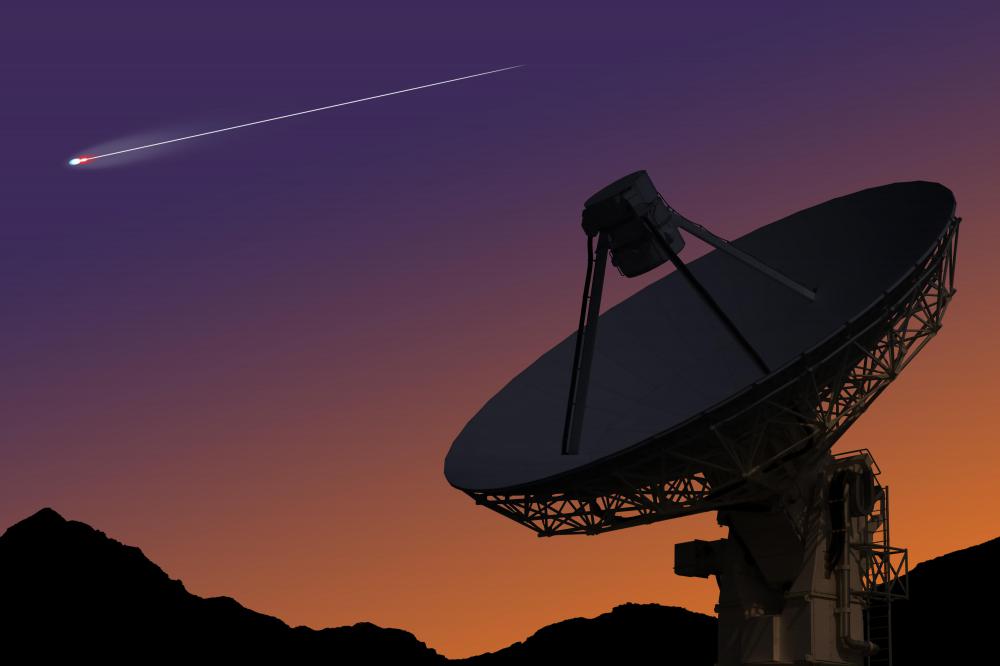At WiseGEEK, we're committed to delivering accurate, trustworthy information. Our expert-authored content is rigorously fact-checked and sourced from credible authorities. Discover how we uphold the highest standards in providing you with reliable knowledge.
What Does a Radio Astronomer Do?
Radio astronomers study celestial objects like any other astronomer, but they do it differently. Using a radio telescope, a radio astronomer monitors celestial objects that emit radio waves. Most astronomers are mainly limited to making observations at night, but radio astronomers can work during the day as well. Visualization is important to these scientists, but not in the accustomed sense of observation through optical lenses. Instead, radio astronomers spend a lot of time watching and interpreting graphs.
Astronomy has a captivating history of reporting findings when exploring the cosmos. Many people do not realize that radio astronomers are responsible for many of those findings. One of the most important finds in radio astronomy was cosmic background radiation, which is often cited as evidence of the so-called "big bang" theory. Radio waves are unimpeded by dust, so radio astronomy is responsible for ascertaining new objects that astronomers normally couldn’t see but thought were there.

Concluding such findings requires time and patience. The vocation begins with a radio telescope, which a radio astronomer uses to monitor that radio waves that are passing through the universe. Functioning much like a radio receiver, this type of telescope uses an antenna to capture radio waves. Radio waves generally are weak, so a receiver or amplifier is built into the radio telescope to amply the signals. Recorders are hooked up to the telescope and will draw a representation of the radio waves, either on graph paper with ink or, more commonly, directly into a computer software program.

Listening, however, is not really part of the job, unless the radio astronomer needs to check for interference from artificial devices emitting radio waves. Rather than listening to static, a radio astronomer monitors the output of the recorder to observe the radio waves. Monitoring this output, a radio astronomer uses computer programs to build an image of the object that he or she is observing. Sometimes, this involves taking multiple scans of an object and overlaying the graphs to create mosaic images.

Relying on radio waves rather than light, a radio astronomer is not limited to nighttime observation. Radio waves penetrate the Earth’s atmosphere regardless of the time of day, whereas light from most celestial objects is too dim to view during daylight hours. The main problem that a radio astronomer has to deal with is radio waves emitted by human devices, regardless of the time of day when he or she works. Successful radios astronomers learn to filter such static and precisely gauge the radio waves that are emitted from astral objects.
AS FEATURED ON:
AS FEATURED ON:














Discuss this Article
Post your comments